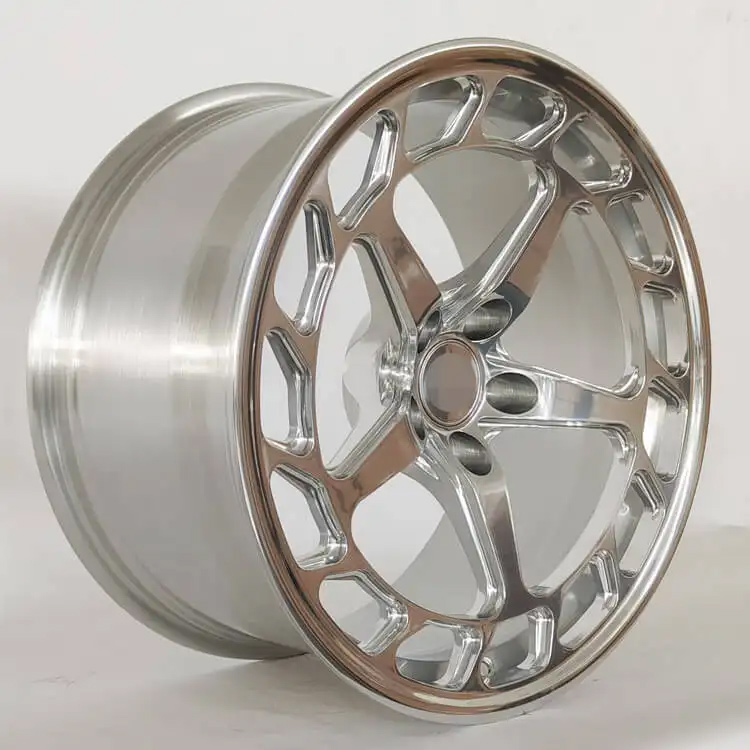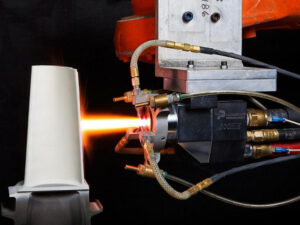What is the advantage of ceramic shot beads B205 for surface finishing?
Ceramic Shot Beads B205(likely referring to a specific grade or formulation of ceramic peening media) offers several advantages for surface finishing compared to other peening media like steel shot, glass beads, and angular abrasive sand. Below are its key benefits:
1. Superior Surface Finish Quality
– Produces a smoother, more uniform finish than steel shot due to its consistent spherical shape and controlled hardness.
– Minimizes surface pitting or embedding (common with steel shot), making it ideal for precision components.
2. Extended Media Life & Cost Efficiency
– Made from high-purity zirconia or alumina, B205 has exceptional wear resistance, lasting 5–10x longer than glass beads and 2–3x longer than steel shot.
– Reduces media consumption and downtime for replacement, lowering long-term operational costs.
3. No Metallic Contamination
Unlike steel shot, ceramic beads do not rust or leave ferrous residues, making them perfect for:
Aerospace components (titanium, aluminum alloys).
Medical implants & devices (stainless steel, cobalt-chrome).
Electronics & semiconductor parts (where contamination is critical).
4. Controlled Peening Intensity
– Hardness (700-1200 HV) allows for precise stress induction without over-peening delicate parts.
– Ideal for thin-walled components or high-strength alloys requiring controlled compressive stresses.
5. Environmentally Friendly & Recyclable
– Non-toxic and chemically inert, unlike some metallic abrasives.
– Can be reused multiple times before replacement, reducing waste.
6. Versatility in Applications:
– Deburring & descaling(removes oxides without damaging the base metal).
– Shot peening for fatigue resistance (aircraft engine blades, automotive gears).
– Surface texturing (improves coating adhesion).
Ceramic Shot Beads B205 is an optimal choice for high-precision surface finishing where cleanliness, durability, and consistency are critical. It outperforms steel and glass media in longevity, contamination control, and finish quality, making it ideal for aerospace, medical, and high-performance industrial applications.




